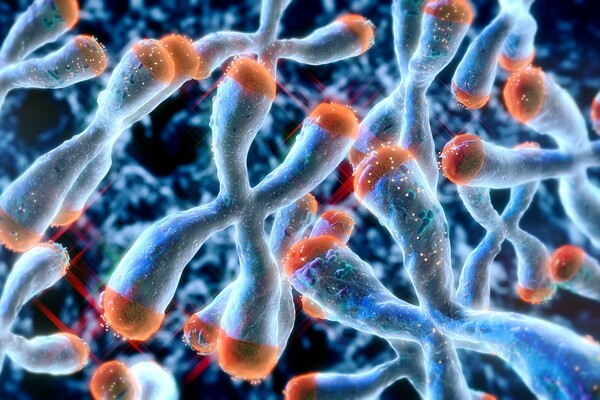
Image: fcafotodigital via Getty Images
2 min. read
Many boys who undergo cancer treatment before puberty can lose the ability to produce sperm as chemotherapy or radiation therapy can damage their reproductive cells. A new study published in Stem Cell Reports, led by Eoin Whelan, Ralph Brinster, and a team of researchers at Penn’s School of Veterinary Medicine and the Children’s Hospital of Philadelphia, is laying the groundwork to help childhood cancer survivors become parents later in life.
Spermatogenesis, the process of sperm cell production, is essential for male fertility. Using single cell, multiomic assays, the researchers have identified a roadmap of how the complex development of male germ cell differentiation is achieved through gene expression and epigenetic changes. Investigators explored both meiosis, the cell process that creates gametes, or reproductive cells; and spermiogenesis, the process whereby male cells in mid-development mature into sperm cells, known as spermatozoa.
“We found that each stage is associated with distinct chromatin accessibility changes,” says Brinster, Richard King Mellon Professor of Reproductive Physiology and senior author of the study. “This enhanced understanding of the regulation of spermatogenesis provides the foundation for further studies including technologies to recover fertility in prepubertal boys lost during cancer therapies.”
An earlier study published in PLOS showed that rat testis cells could be transplanted after over 20 years of cryopreservation and allow previously-infertile testes to produce sperm. However, these cells did so at a much-reduced rate compared to those frozen for a brief period, pointing to a block in spermatogenesis after meiosis. These deficiencies persisted long after cells were transplanted, suggesting an epigenetic change in the long-frozen stem cells that were inherited by all of the germ cells in the regenerated tissue.
The newly-published atlas of gene expression and chromatin accessibility in normal spermatogenesis can be used as a foundation to map epigenetic changes following transplantation of long-term frozen tissue to identify specific gene and chromatin changes underpinning this loss of function.
Read more at Penn Vet News.
Martin Hackett

Image: fcafotodigital via Getty Images

nocred

Mia Levine and Michael Lampson’s research examines how telomere length is inherited, and how this can inform future genetic research in how cancer develops.
(Image: Courtesy of Getty/nopparit)

Image: Mininyx Doodle via Getty Images